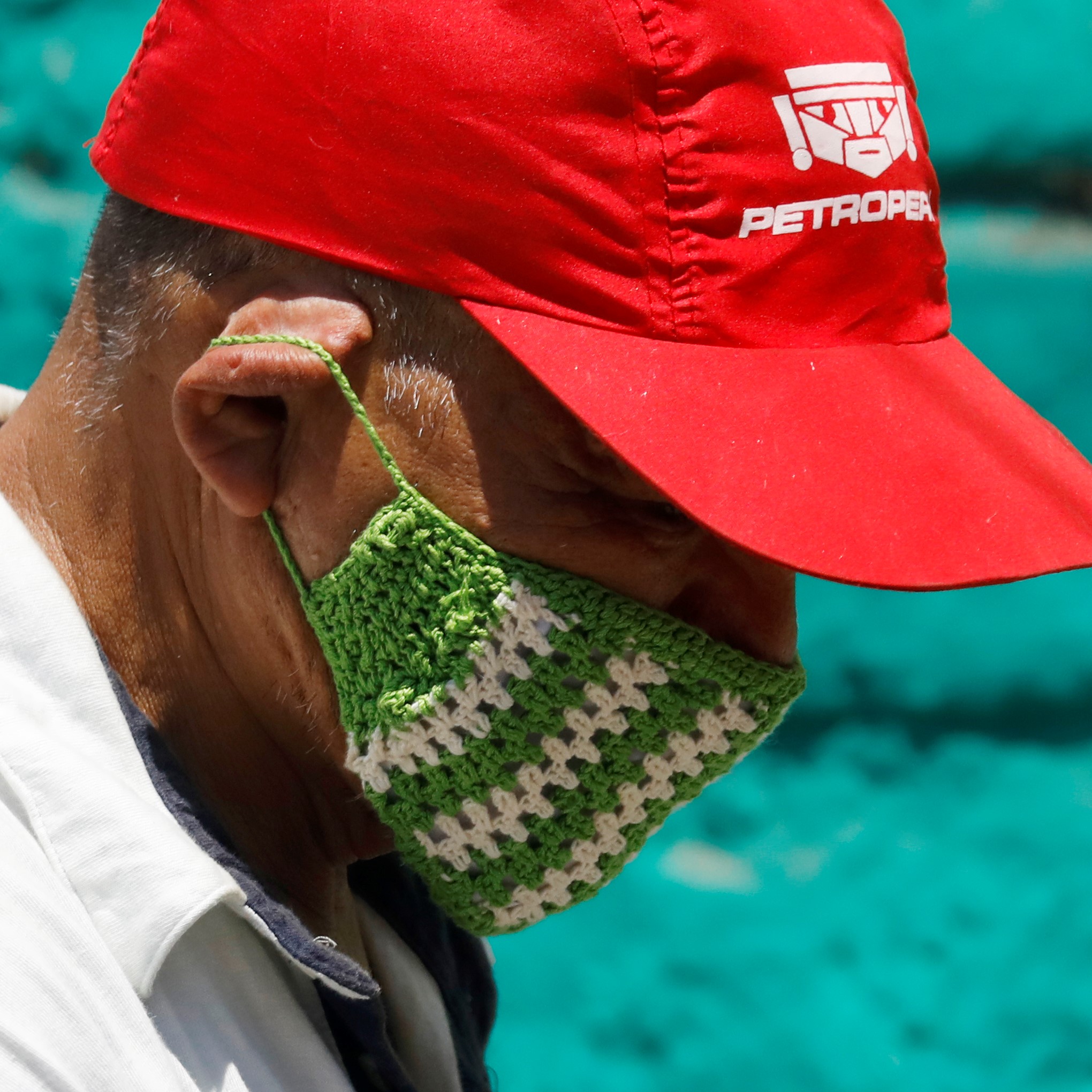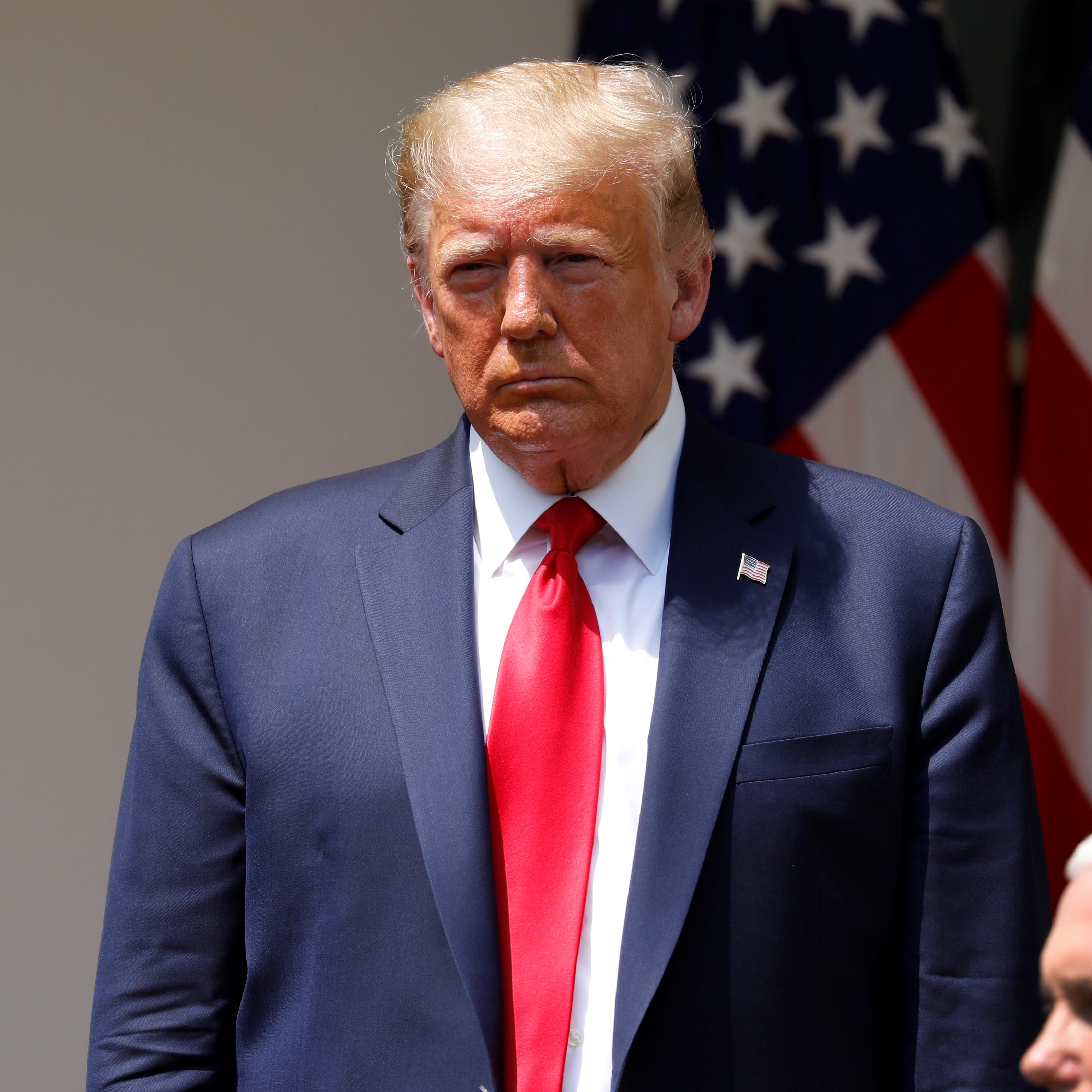With a single tweet, President Donald Trump has put the relationship between the United States and the Holy See under strain while potentially jeopardising his support among Catholics.
Yesterday the US president highlighted an endorsement he received from Archbishop Carlo Maria Viganò, the former papal envoy to Washington DC who in 2018 took the extraordinary step of calling on Pope Francis to resign.
Trump told his 82 million followers about an “incredible” letter written by the archbishop which argues the Black Lives Matter protests and the Coronavirus lockdowns are part of an apocalyptic campaign by the “children of darkness” against the “children of light.”
There are two immediate implications arising from the president's support for Viganò. The first is the difficulty it poses for the US relationship with the papacy and the headquarters of the world’s largest religion.
Although the president and the Pope have had disagreements, the Holy See has always kept good channels of dialogue with Trump administration and have worked with them on issues such as freedom of religion.
But where does the latest development leave US Ambassador to the Vatican, Callista Gingrich, if her boss has backed someone who doesn’t think the Pope should be in office? Does the president expect her to convey his support of Viganò to the Holy See?
Then there is the ambassador’s husband, Newt Gingrich, who is one of the president’s most vocal cheerleaders. The former house speaker scrupulously avoids Vatican politics, but his consistent support for Trump becomes something of an elephant in the room in the Holy See now that the president is all in with Viganò.
The Viganò tweet was not the first time the president has attacked the Pope on Twitter: in 2013 Trump (then just a businessman and reality TV star) criticised Francis for paying the bill at the guesthouse he stayed in before the conclave. "It's not pope-like!" the future president said. Tensions reached a fever pitch ahead of the 2016 election when the Pope said the plan by the then-presidential candidate to build a wall between the US and Mexico was "not Christian".
The Vatican has made no official comment on the latest tweet, although Fr Antonio Spadaro, the editor of the journal the Holy See-backed La Civilta Cattolica, linked to a 2017 article he co-authored with Marcelo Figueroa on how Catholic and Evangelical groups were advancing an “ecumenism of hate.” It argued faith was being used to push a right-wing political agenda and that President Trump had tapped into this by promoting “apocalyptic geopolitics.”
Although that article came under heavy criticism when it was published, with one senior US prelate describing it as “wilfully ignorant”, the Viganò letter, and the president’s promotion of it, makes that 2017 intervention now look prophetic.
Figueroa, a Protestant pastor who the Pope asked to oversee the Argentine version of the Vatican newspaper L’Osservatore Romano, responded to Trump by tweeting a part of that 2017 article: “this mingling of politics, morals and religion has taken on a Manichaean language that divides reality between absolute Good and absolute Evil.”
The second implication of this latest episode, and perhaps more concerning for the president, is what backing Viganò means for Trump’s US Catholic base. Although it was white Catholics in swing states that handed the president his extraordinary 2016 election victory, polls show he is losing support. Any attempt to weaponise Viganò and his theories to go after the papacy and Church leaders during the 2020 campaign is likely to trouble the consciences of Catholics who have previously supported the president.
“Trump is on dangerous terrain with white Catholics,” says David Gibson, Director of Fordham University’s Center on Religion and Culture. “Catholics who support him may not love Francis, but if they see the president attack the Pope they may not be happy.”
A number of high-profile Catholics who have thrown their support the president are also in an awkward position. How can they now claim to be loyal to the papacy and Trump?
More troubling still is that the president’s Viganò tweet came a day after he suggested that a Catholic peace activist, shoved to the ground by police, was an “Antifa provocateur.” Two officers were later suspended and charged with assault.
“This is more about the Catholic advisers around Trump. The fact people are feeding him information from Lifesite news shows you where he gets his view of the Catholic Church,” the Fordham director explained.
The vast majority of Catholics, Gibson added, are unlikely to know much about Archbishop Viganò and the tweet has now increased the 79-year-old retired diplomat’s profile.
Any glance at the history of the papacy shows it is littered with conflicts and entanglements with the worldly powers of the day, from the early Popes who were martyred to the disputes with the French crown which led to the Avignon popes. Despite crises and attacks that should have overwhelmed it, the Chair of St Peter has survived.
“The republic of Venice was modern when compared with the Papacy and the republic of Venice is gone – but the Papacy remains,” wrote Lord Macaulay (Thomas Babington), an English protestant historian in 1840.
Before he launches any further salvos against the 266th Successor of St Peter, President Trump may wish to consider the durability of the office that he is being encouraged to attack.



 Loading ...
Loading ...
What do you think?
You can post as a subscriber user ...
User comments (0)